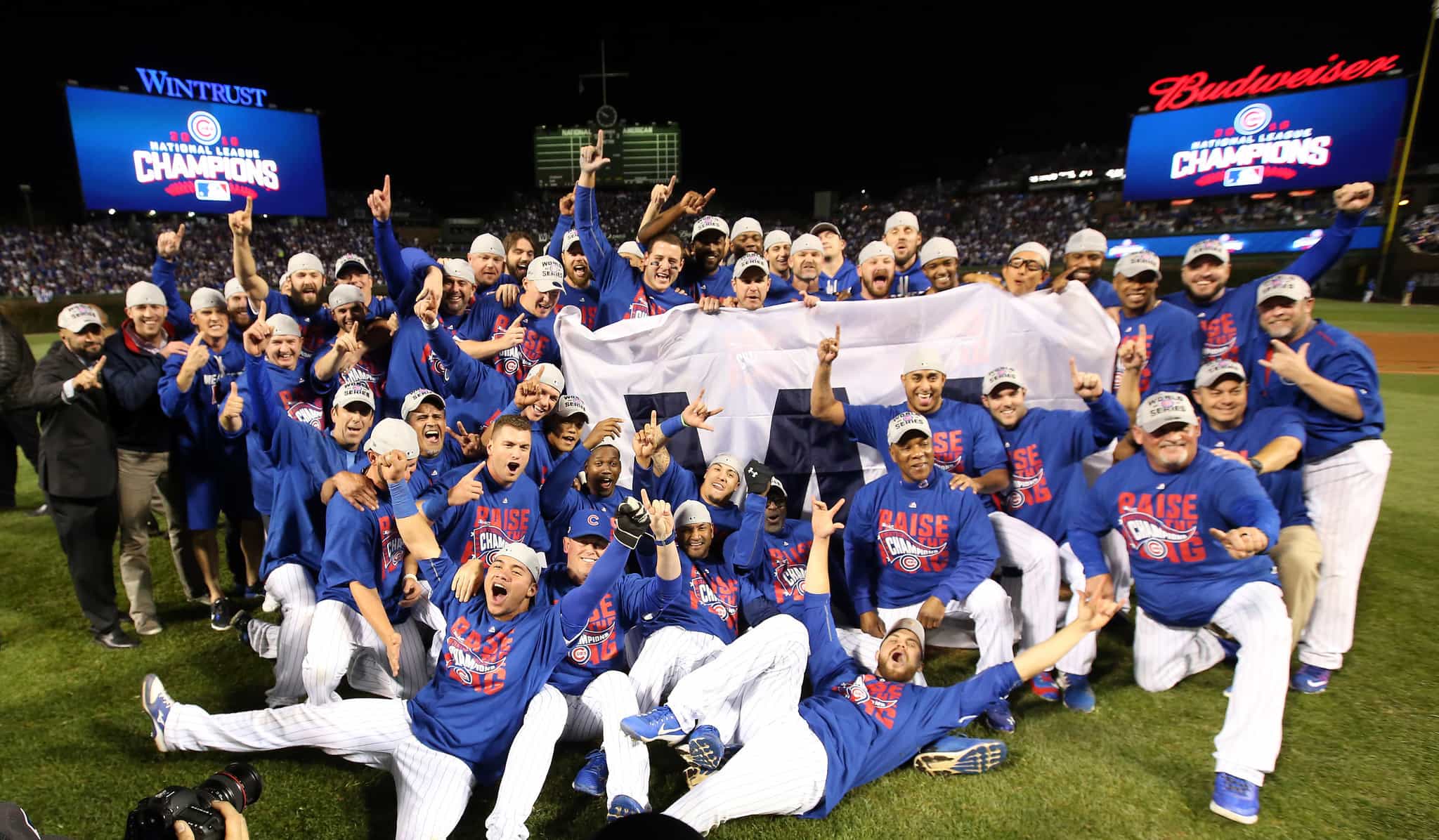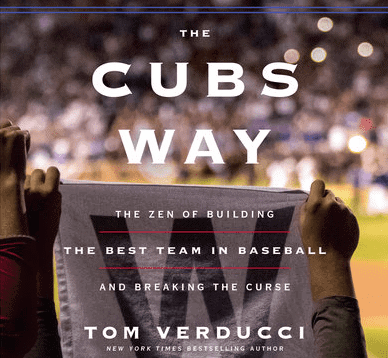The Chicago Cubs were "the Lovable Losers” of Major League Baseball. For over a century, the Cubs failed to win a World Series Championship year after year after year.
The team was plagued by bad trades and consistent losses. Even notable players like Hall of Famer Ryne Sandberg, and legendary slugger Sammy Sosa couldn't save them.
Were the Cubs cursed?
Cub fans believed they were cursed. Some believed a goat contributed to their losing ways.
The superstition spread so far it was even thought to follow players after being traded away, as columnist Ron Berler wrote, "It is utterly impossible for a team with three or more ex-Cubs to win the World Series.”
After so many years of futility, even the most devoted fans believed losing was just the way things were. They never believed in their wildest dreams that their team could win a championship.
Yet, in 2016, that dream came true. After 108 years of coming up short, the Cubs finally won the World Series.
Some people called the victory a miracle. But Tom Verducci, the author of The Cubs Way, calls this win the result of a five year action plan of cultural change.
The efforts of new management, led by Theo Epstein, sparked a new culture that transformed this group of lovable losers to powerful winners.
Today we look at what those key lessons are, so you can bring cultural change to your team or company when it's needed, too.
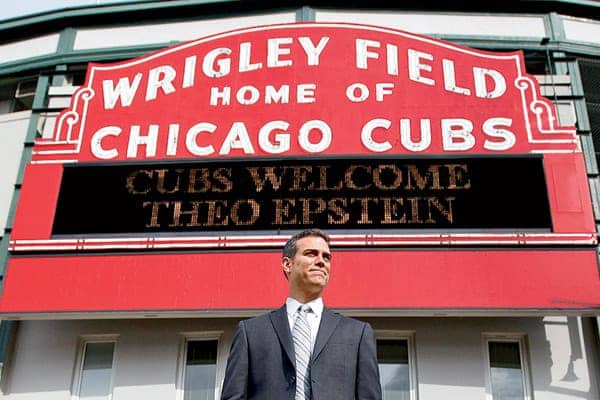
How Theo Epstein's Cultural Change Turned the Chicago Cubs into Winners
Baseball is much more than a sport. It's a $10 billion a year industry.
Managing a team is like managing any other business. Executives have the daunting tasks of managing revenue and expenses, analyzing data, but most importantly, working to get the best from their people.
And Theo Epstein loves people.
Cubs owner Tom Ricketts confirmed this after having dinner with Epstein:
"[Theo] was the kind of person who treats people with respect. He was honest and candid about his successes and failures. A lot of people defend themselves so that every decision looks like a tough one. Theo doesn't get defensive. He gets very honest about it.”
When he was hired as President of Baseball Operations, his job was to organize a turnaround of the Cubs like he did for the Boston Red Sox in 2004.
To accomplish this, Epstein executed on a five year plan that transformed the Cubs's culture of losing to one of consistent growth and victory. This is a strategy that any business can and should adopt.
Here are the four key aspects of his cultural change plan:

1) Take the Long View.
Epstein achieved great success while working for the Red Sox. He helped build teams that won 2 World Series for a team that had a similar 86 year drought. However, he ended his tenure with failure.
After the team won their second World Series title, their culture started to fall apart. As their fan base and revenue grew, so did workplace dysfunction.
The expectation of winning 95 games per season started to overwhelm the players, causing them to consistently lose games.
This fall from grace damaged the team's mood and morale. The Boston Globe revealed that players abandoned their work routine for mindless leisure:
"The indifference of [players like] Beckett, Lester, and Lackey in a time of crisis can be seen… [from] their habit of drinking beer, eating fast-food fried chicken, and playing video games in the clubhouse during games while their teammates tried to salvage a once-promising season…[not showing] solidarity with their teammates in the dugout, violated an unwritten rule that players support each other, especially in times of crisis.”
As a leader with high emotional intelligence, Epstein took responsibility for this negative cultural change:
"I blame myself for this more than anything. I hate it when people blame their environment, because, especially in a leadership position, you're responsible for how you react to your environment and how you change your environment, and being a positive force to change it for the better if you think something is toxic.”
He believed failing to take time to recover from the championship caused the culture damage. When he proposed that the team take a bridge or break year to repair, he was met with fan and upper management backlash.
Under so much pressure, he decided to leave Boston for a new opportunity.
A new challenge: Bringing cultural change to the Cubs
After signing with the Cubs, Epstein vowed to never repeat such a failure. He decided that he would spend time and resources growing the Cub's culture and players over several years.
His forward-seeking strategy caused the Cubs to lose many games early in his first season. This led to the press that loved him when he was hired to question him:



Fortunately, Epstein was mentally tough. He didn't let the press affect his views. He understood that there was a price to pay in the short term if he wanted to maintain long-term growth.
Lesson for you: If you're looking to bring cultural change to your company or team, you'll need to have a similar long term mindset. Positive change takes time and will include early setbacks and critics.

2) Hire for character first.
Epstein also believed poor character contributed to the dysfunction at the Red Sox's clubhouse in his final year there. When your best players or employees disengage from the workplace, and let their worst habits manifest, your culture will suffer.
We see this regularly affecting all types of companies in analysis of the costs of disengaged employees.
Epstein's experience with the Red Sox caused him to prioritize character over talent with the Cubs:
"Every year I did the job I just developed a greater appreciation for how much the human element matters and how much more you can achieve as a team when you have players who care about winning, care about each other, develop those relationships, have those conversations… it creates an environment where the sum is greater than the parts.”
To transform the Cub's into winners, he had to hire high EQ players. These men were going to help bring cultural change and embody the Cubs's new values.
A new leader: Anthony Rizzo
The best example of the character Epstein wanted was Anthony Rizzo.
Rizzo was a first baseman from Parkland, Florida. He was a big guy who needed improvement. However, he was a natural leader that attracted many people.
Scouting director Jason McLeod recounted moments when Rizzo expressed great leadership:
"The Instructional League in the Dominican Republic was an eye-opening experience for him, to see where those kids came from and how little they had. I'll never forget Anthony talking to his parents and saying, 'Is there anything we can do for these guys? How can we help?' Immediately a lot of us took notice. Here was a 17-year-old kid looking to do whatever he could to help these people he'd never met before.”
Rizzo had another great quality: his love for playing baseball. At 18 years old, he was diagnosed with Hodgkin's lymphoma. He feared that he would never play ball again.
But, after six months of treatment, Rizzo was back in the game hitting home runs. His love for the sport motivated him to fight and overcome his cancer.
Epstein decided he wanted more players like Rizzo:
"We want players who are invested in their teammates, we want players who are going to understand what it means to play in a World Series for the Cubs and their fans. We want players we trust can respond to adversity. We want players other players like being around.
We want guys who care about winning, and prioritize it, and are happy when the team wins and they are 0-for-4 and are pissed even if we lose and they are 3-for-4.”
After, he found the type of athlete he wanted, Epstein developed a process that helped him find more like-minded players.
Lesson for you: When you've built your team, have you hired people that embody the cultural change you want? Or have you hired some assholes that are holding everyone back and disrupting your culture? If you don't have the right people around you, and you aren't rewarding the culture you want to see, you can't turn your culture around.
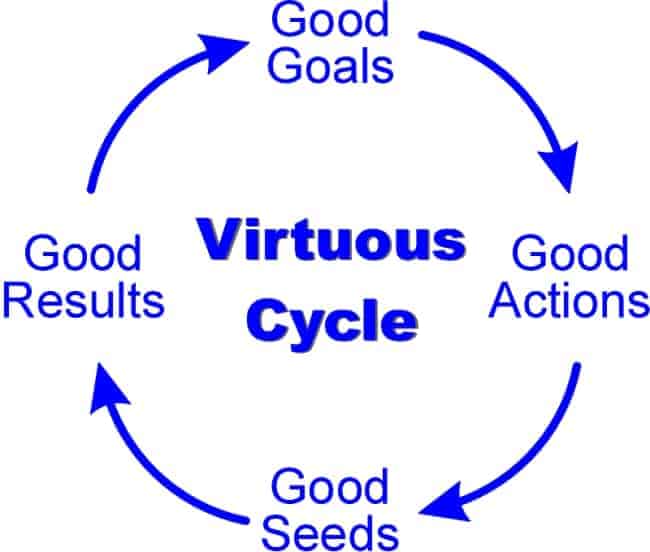
3. Create systems to reinforce and grow your new culture.
To transform the culture, Epstein needed more high-impact players like Rizzo. They were the Cub's competitive advantage.
However, they needed to find more of them. A lot more.
To accomplish this, Epstein created a new a scouting and player development system. He replaced handwritten reports with spreadsheets that stored extensive details about a player's performance and character.
He ordered scouts to record the following:
"...Give three examples of how that player responded to adversity on the field, and three examples of how that player responded to adversity off the field.
They were to dig into the player's makeup by talking to just about anybody who knew him: parents, guidance counselors, teammates, girlfriends, siblings. He wanted as many questions answered as possible:
- What's the family situation like?
- How does he treat people when no one's looking?
- What do his friends say about him? What do his enemies say about him?
- How does he treat people he doesn't necessarily have to treat well?
- What motivates him? Is he externally motivated where he wants money or followers?”
One standard. Zero tolerance.
Epstein was so serious about this approach that any scout that didn't follow this system was quickly fired. He needed this long-form qualitative data to build a team around great character, and wouldn't stand for any gaps.
After he developed the system, he needed to create instructions on how players could perform at their best on and off the field.
He called every scout, coach, manager, and instructor into a meeting. In it, Epstein outlined his vision for the team's future, but he needed their insights to help get them there. Together, they all discussed warm-up routines for pitchers, uniforms, curfews, nutrition, clubhouse protocol, strength training programs, and much more.
The Cubs Way.
After the meeting, Epstein collected his ideas and the meeting discussions into a manual called The Cubs Way.
Inside, are the team's corporate values, standards of conduct, codes of ethics on-and-off the field, and any sporting procedures.
However, there was one more thing missing: continuous improvement of their players at all levels of the organization.
To remedy this, individual "Player Development Plans" were created. Similar to 1 on 1s, players would meet up with him or other managers to review their physical, emotional, and mental strengths and weaknesses.
Epstein believed that these reviews were key to developing trust and personal connections:
"The managers say, ‘Here's what we see. Here's what you need to work on to become a big leaguer. Here's a plan to work on it.'
Then, a player gets to give their feedback and give their input....Their first year they're just listening... But by the time they reach Double-A, the guys who are starting to reach their ceilings, they're starting to take responsibility and accountability for their own development.
The kids who really start to take responsibility start to run the meeting. ‘Okay, here's what I need to work on. Here's where I'm at.'”
When the players started engaging in their reviews, they start to develop themselves. They also began to trust their managers more.
Formal systems like these help businesses hire ideal talent and create a framework that allows great character to thrive.
Lesson for you: If you're not having 1 on 1s with your team members, it's time to start. And once you do have them, realize giving feedback, and discussing their growth and development is essential to their success, engagement, and your team having a healthy culture.
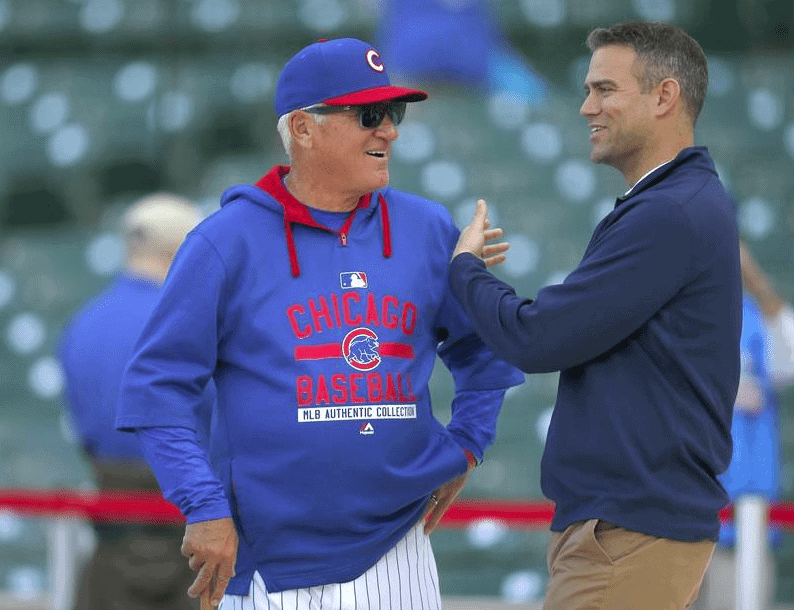
4. Ensure your managers care for their team members.
Epstein knew that these systems were important, but he couldn't do it alone. He needed a caring and stable manager who could establish and enforce the new cultural change.
He found it in Joe Maddon.
Maddon was an energetic and sincere man that could put anyone at ease. As Epstein described him:
"[Joe] helps define the culture and sets the tone. His personality is inescapable. I think he's an asset who touches all aspects of the organization.
He helps create a humanistic organization. His personality and his intellect and his heart are almost too big not to make a difference in whatever organization he's in. He creates possibility. He's one of a certain subset today that creates opportunities for an organization just by his mere presence.”
Maddon's entire managerial philosophy was simple, yet powerful: before you can manage and lead, you must establish trust. And before you can establish trust, you need to establish a personal relationship with your players.

Building trust pays off.
An example of Maddon's personal touch involved helping his ace pitcher.
Jon Lester had a fear of throwing to bases. Coaches recommended that Lester complete extensive practice. But, he still choked during games.
Suddenly, Maddon asked himself, "What are we doing here? Why do we keep putting these thoughts in his head?” He realized that his staff was focused on the problem, instead of the person.
To fix the issue, he sat down privately with Lester in his office. He told him, "Let's work on what we do well, not on what we don't do well. The more attention you put on what you don't do well, the stuff you do well is getting away from you. And my contention is if you continue to do well in what you do do well, the other stuff is going to become moot.”
Maddon created a plan that allowed Lester to avoid throwing to bases, and instead tried to beat base stealers.
Trusting in Maddon's approach, Lester focused his time on learning to pitch better out of a tucked position (80 percent of his weight on his back foot to start) and with a slide step (in which the stride foot stays close to the ground). These tactics helped Lester deliver a ball to the catcher faster. A faster pitch meant it was harder for players to steal a base before their catcher could throw them out.
This redirection of Lester's focus from a problem to a new challenge helped fix the issue, and was just one example of Maddon's genuine desire to see each player succeed. He looked to help every player with their mental and emotional problems that would have otherwise slowed or damaged their cultural change goals.
Lesson for you: Are you investing in building trust, and supporting your team members? Without that foundation, other dysfunction will follow. When you show you genuinely care for each individual on your team, they'll repay you with hard work and strong results. It's why so many great leaders across disciplines swear by the power of building rapport with their teams.
A winning cultural change happens with intention.
Great cultures come from hard work. They do not happen by accident.
Theo Epstein had success with the Red Sox, but saw how culture can change for the worse if you're not careful. He took those lessons to Chicago and helped the Cubs break their 100+ year curse.
If Epstein can break two of the longest championship droughts in sports history, you can bring cultural change to your team or company, too. A little patience, courage, care for your people, and a focus on character will put you on the path to success like the Cubs.

